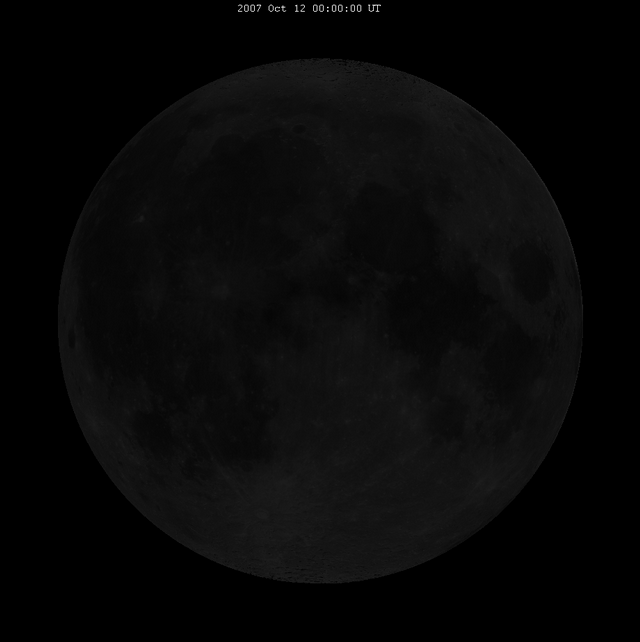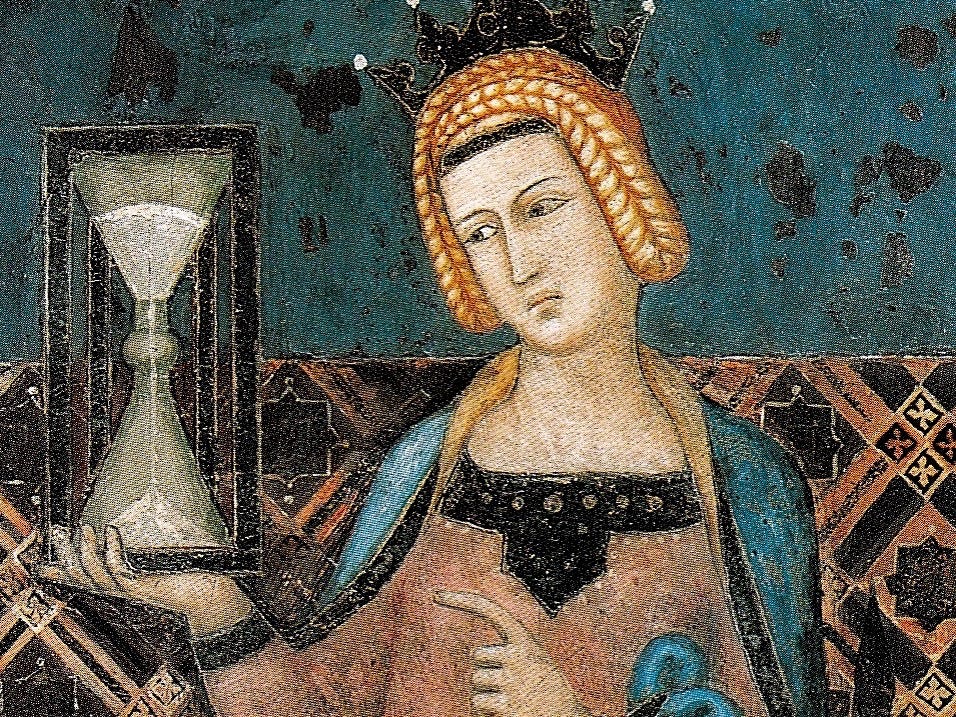
Timekeeping is an intrinsic part of human civilization, serving as a framework for organizing daily life, agricultural practices, religious observances, and social activities. The development of calendars marks one of humanity's most significant advancements, reflecting the interplay between celestial phenomena and human culture.
This article explores the origins of ancient timekeeping and the world's first calendars, illuminating their profound impact on society and the subsequent evolution of timekeeping systems.
The Necessity of Timekeeping
The need for timekeeping arose from the natural rhythms of life. Early humans lived in close harmony with their environment, relying on the sun, moon, and stars to navigate their world. The cycle of day and night, the phases of the moon, and the changing seasons dictated the timing of essential activities, such as hunting, gathering, and planting. As societies became more complex, so too did the need for more precise methods of marking time.
Early Methods of Timekeeping
Sundials: One of the earliest known timekeeping devices, sundials, utilized the position of the sun's shadow cast by a gnomon (a vertical stick or pillar) to indicate the time of day. The earliest sundials date back to ancient Egypt around 1500 BCE, where they played a crucial role in daily life and religious practices.
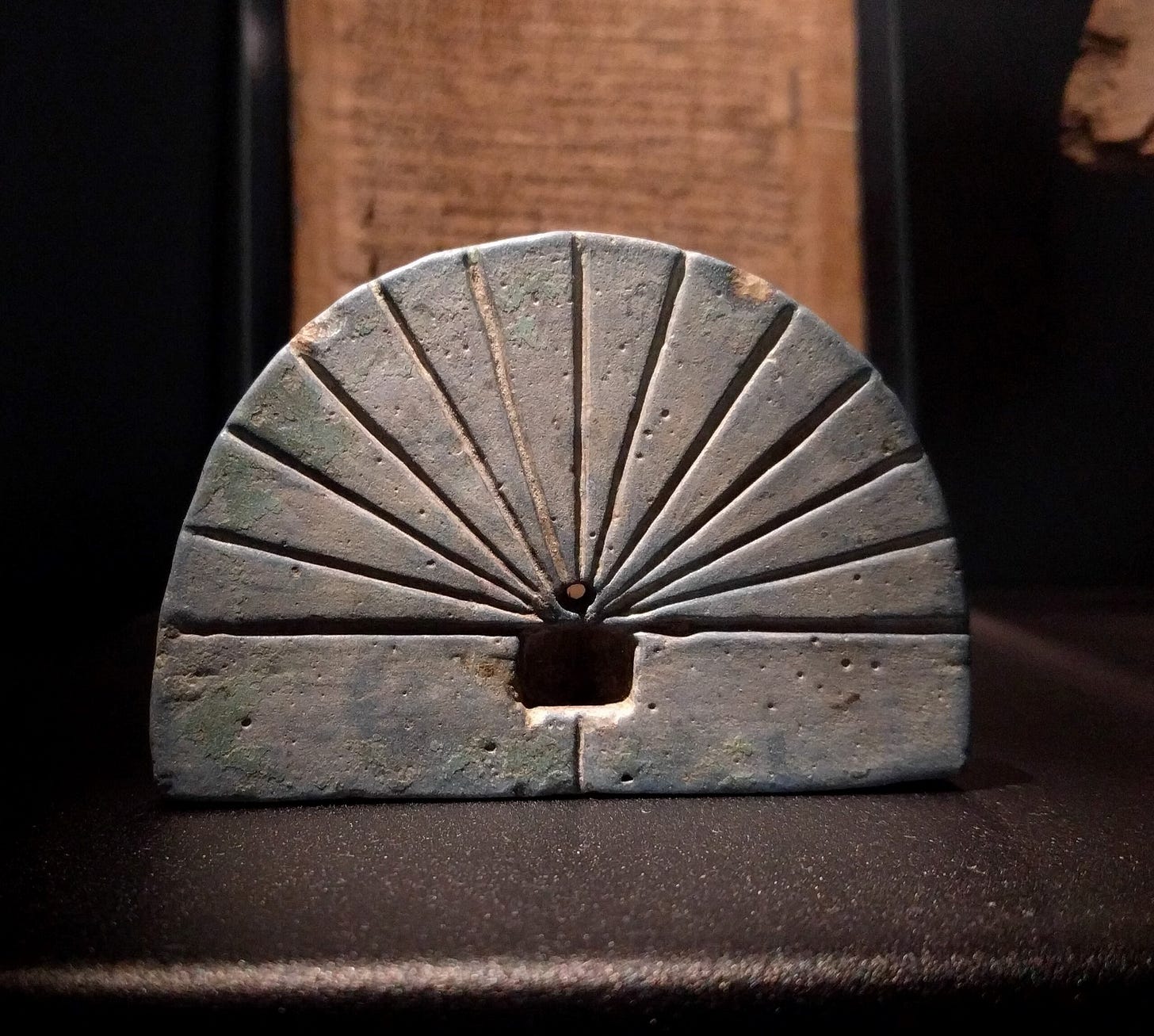
Water Clocks: Also known as clepsydra, water clocks emerged in various cultures, including ancient Egypt and China. These devices measured time by the regulated flow of water from one container to another. Their invention marked a significant advancement, allowing for timekeeping during cloudy days or at night.

Mechanical Clocks: By the Middle Ages, mechanical clocks began to appear in Europe, utilizing gears and weights to measure time more accurately. However, these developments were built upon the foundational principles established by earlier civilizations.
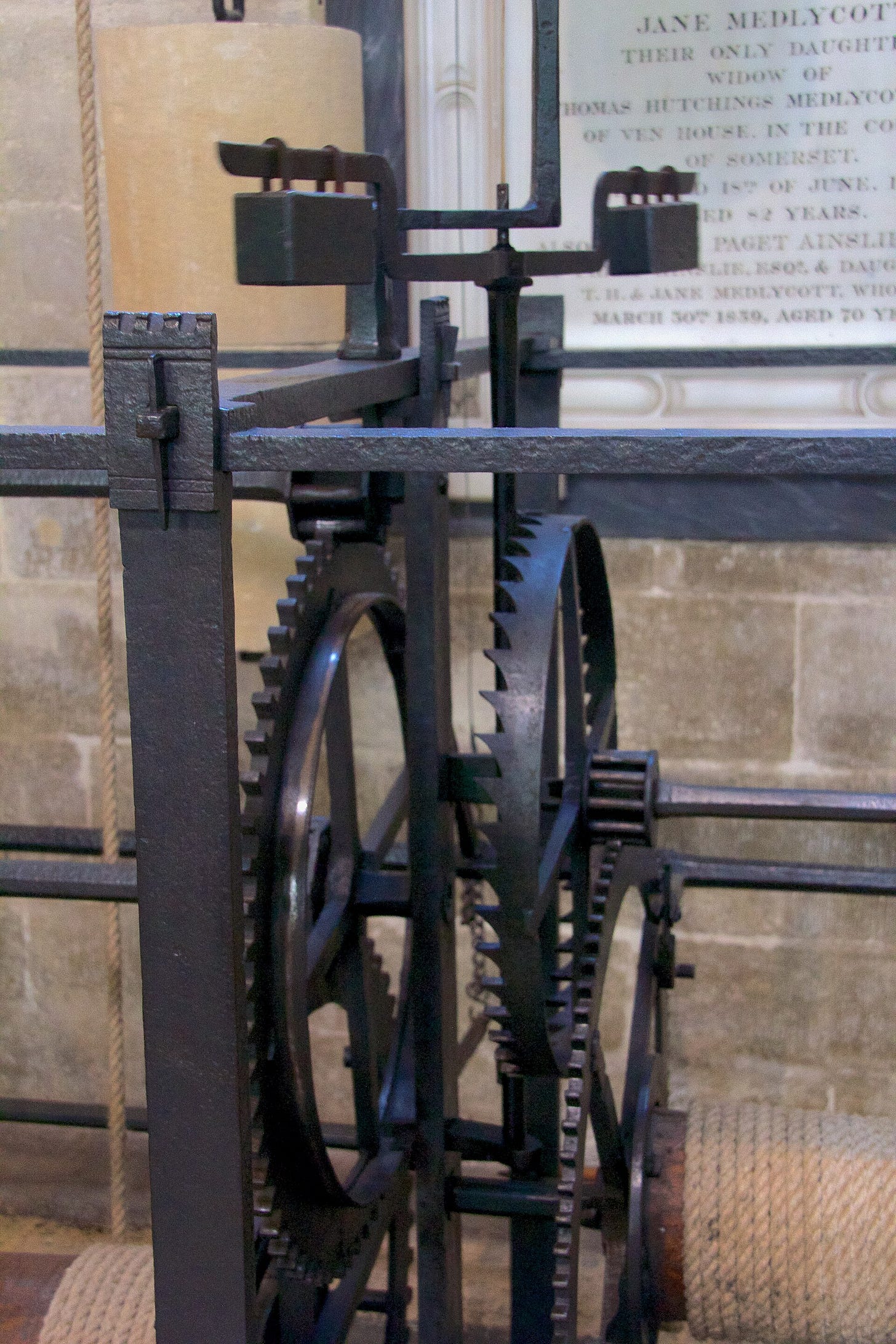
The World’s First Calendars
The creation of calendars was a pivotal development in timekeeping, providing a systematic way to track days, months, and years. The earliest calendars were often lunar, based on the cycles of the moon.
Lunar Calendars: Many ancient cultures, including the Babylonians and the Chinese, developed lunar calendars that divided the year into months based on the lunar cycle, typically lasting around 29.5 days. The lunar calendar was practical for agricultural societies, aligning planting and harvesting with the moon’s phases.
Solar Calendars: The Egyptians were among the first to adopt a solar calendar, dividing the year into 12 months of 30 days, plus 5 extra festival days, for a total of 365 days. Although it lacked a leap year correction and gradually drifted against the true solar year, this system influenced later solar-based calendars.
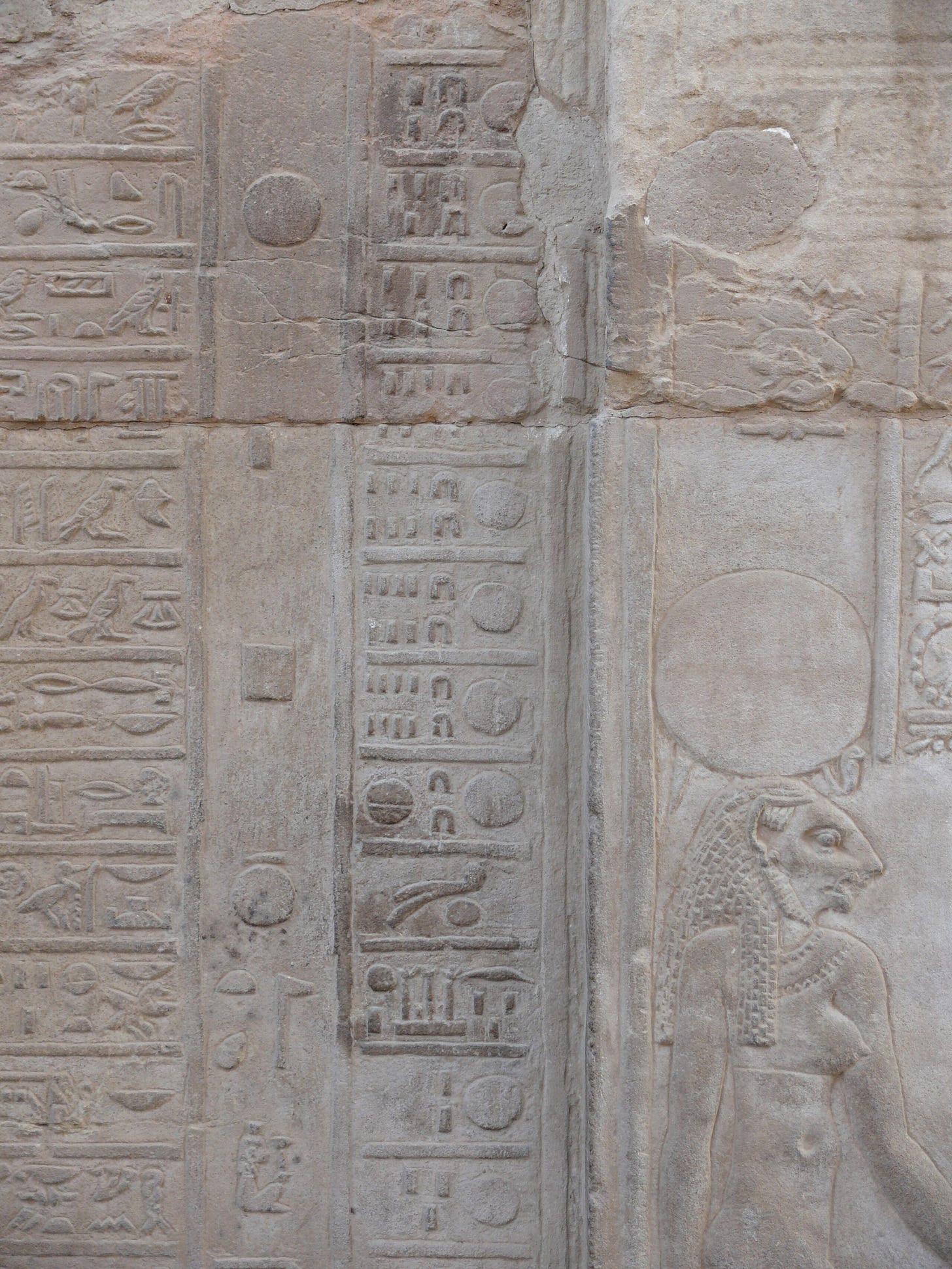
The Maya Calendar: The Maya civilization in Mesoamerica developed an intricate calendrical system that included the Tzolk'in (a 260-day ritual calendar) and the Haab' (a 365-day solar calendar). Their Long Count calendar was used for tracking longer periods of time and is notable for its sophistication and accuracy.
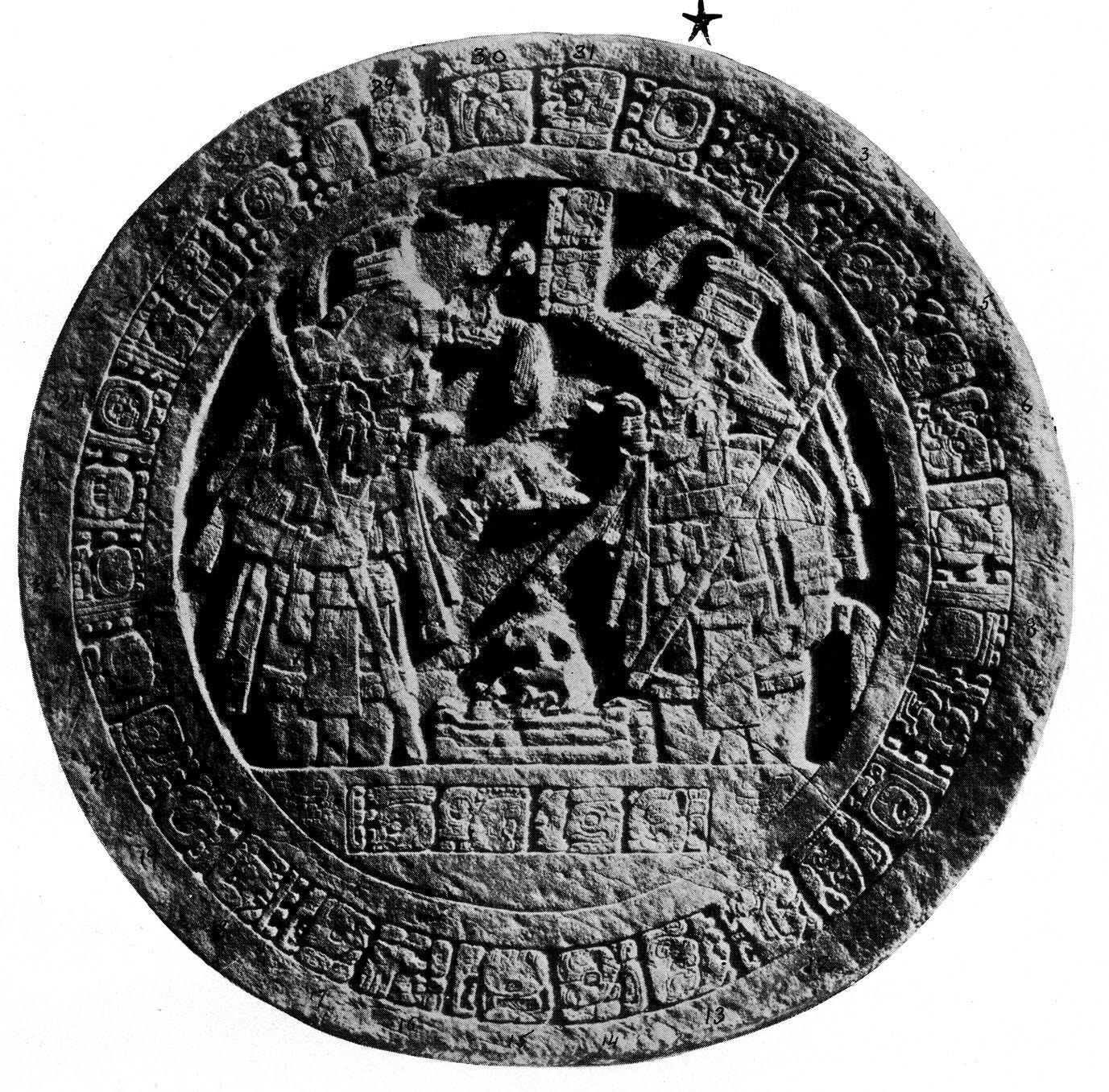
The Roman Calendar: The Roman calendar underwent several transformations, culminating in the Julian calendar introduced by Julius Caesar in 45 BCE. This calendar was an adjustment of the lunar calendar, establishing a 365-day year with a leap year every four years. The Julian calendar served as the foundation for the Gregorian calendar, which is widely used today.
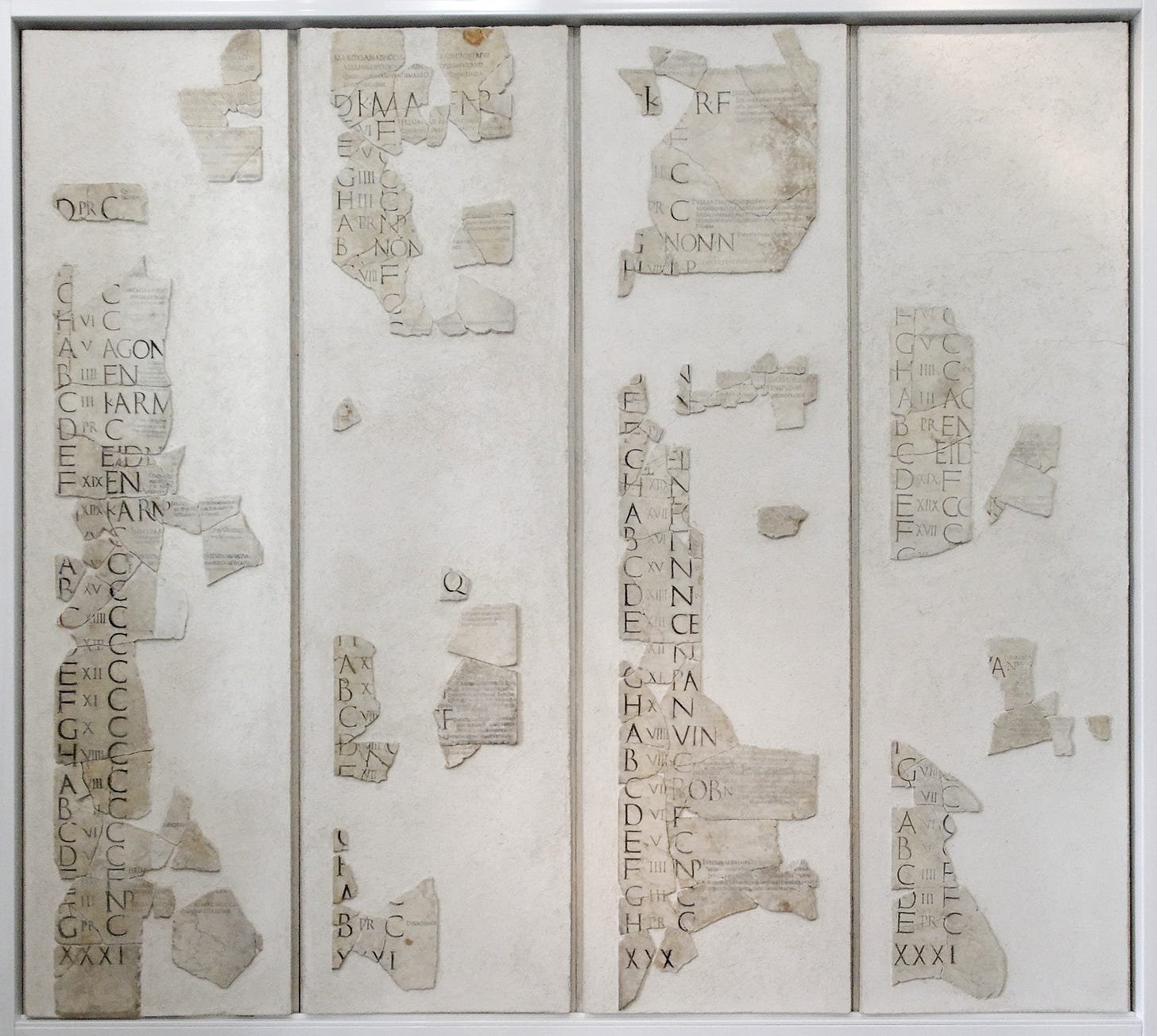
The Cultural Significance of Calendars
Calendars were not merely tools for tracking time; they were deeply intertwined with religious, agricultural, and social practices. Festivals, agricultural cycles, and religious observances were often scheduled according to specific dates in the calendar. For example, the Egyptian calendar was closely linked to the annual flooding of the Nile, which was critical for agriculture. Similarly, the Jewish calendar incorporates significant religious holidays and observances, reflecting the cultural identity of the Jewish people.
The evolution of timekeeping and the development of the world’s first calendars represent a remarkable journey through human ingenuity and cultural expression. From the simple observation of celestial phenomena to the intricate calendars that shaped societies, timekeeping has profoundly influenced the course of history. As we continue to refine our understanding and measurement of time, it is essential to acknowledge the ancient foundations upon which our contemporary systems rest. The legacy of these early timekeepers serves as a testament to humanity's enduring quest to comprehend and organize the passage of time.



